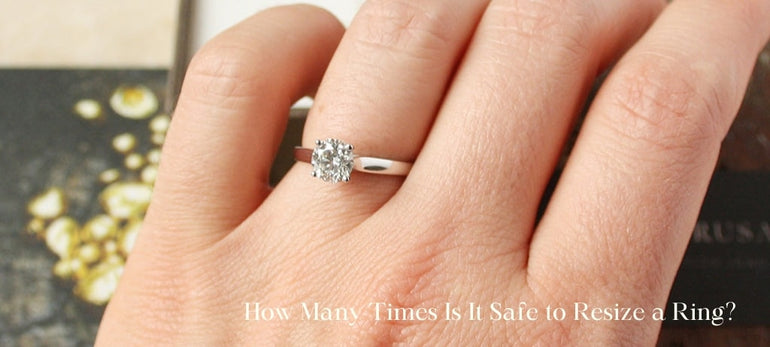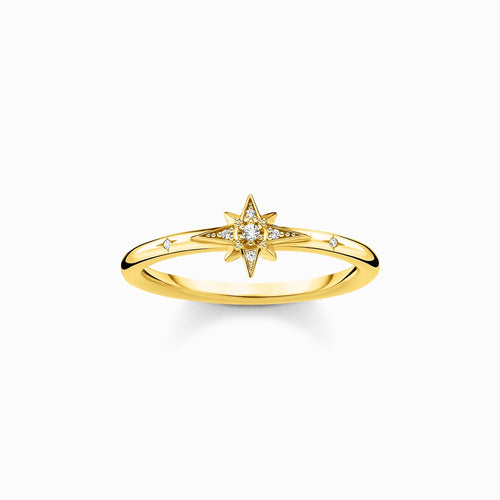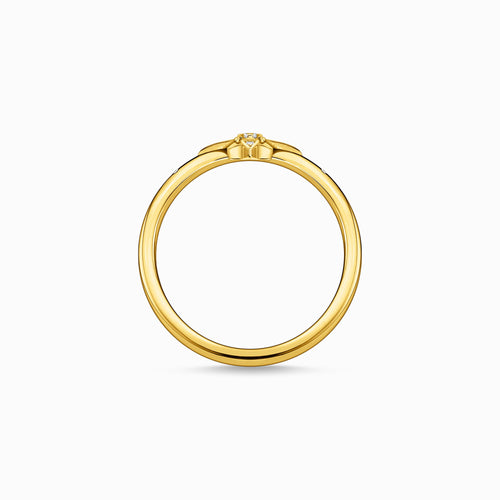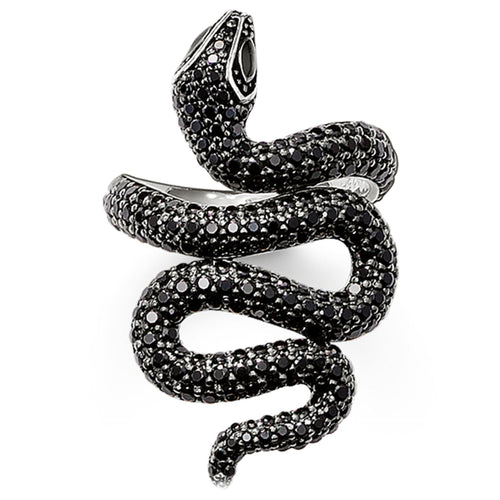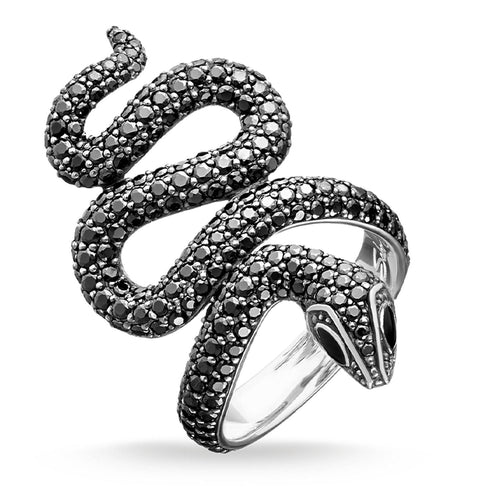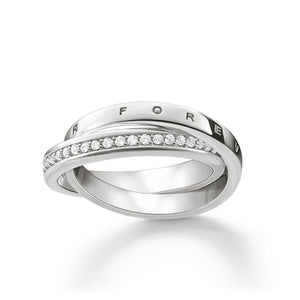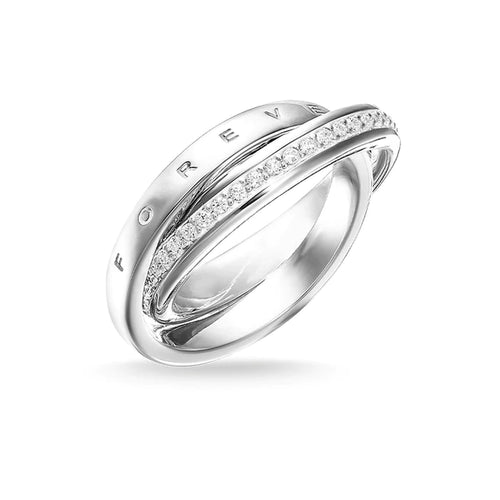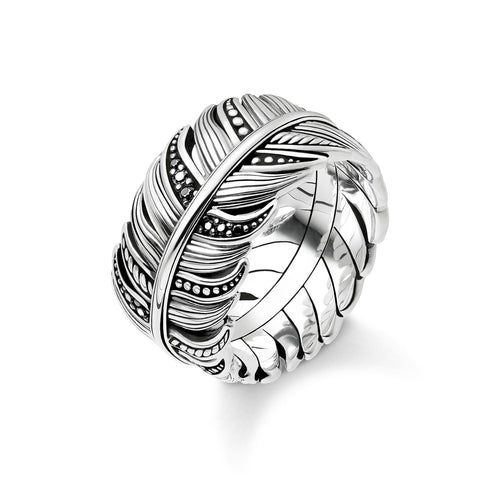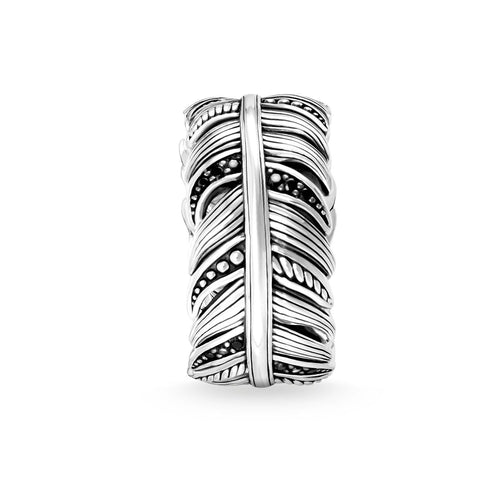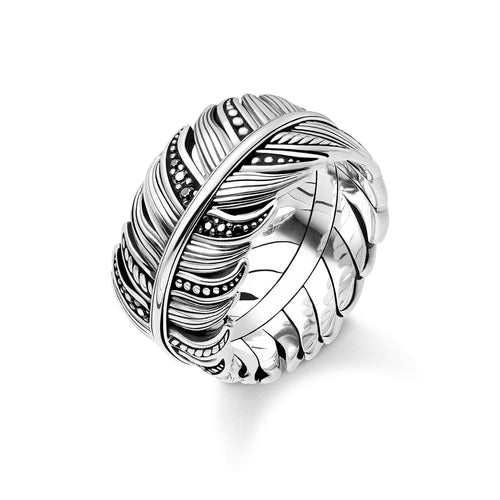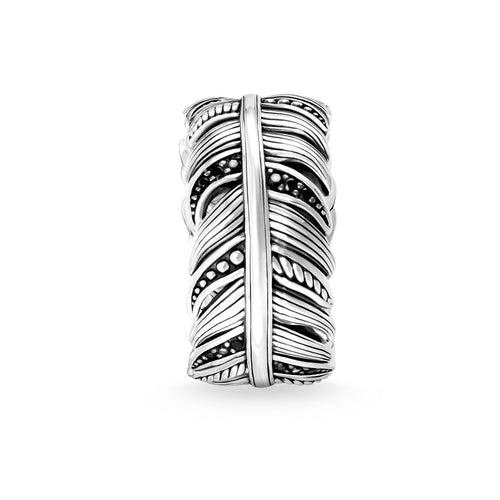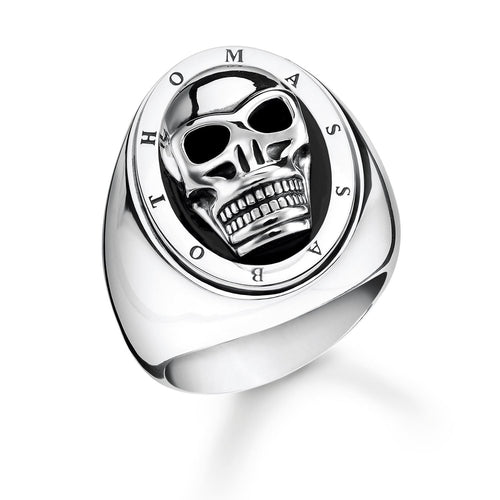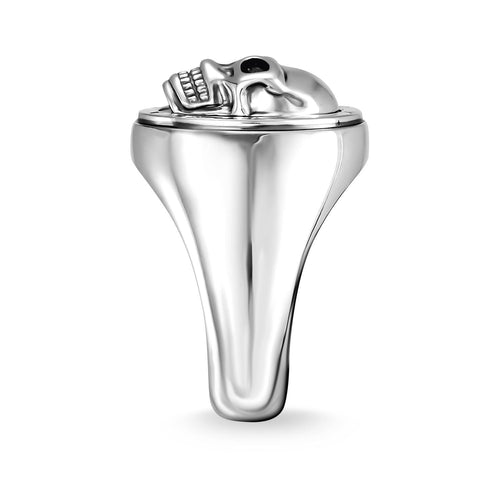Understanding the resizing process for your engagement ring or wedding band is crucial for maintaining its integrity and design. Many factors, including material (e.g., gold, platinum, rose gold, stainless steel rings), structure, and type of the wedding ring itself, determine how many times a ring can be resized.
Here are key points to consider:
-
Resizing rings can affect their structural integrity.
-
Engagement rings with intricate designs and gemstones require special care.
-
Consulting a professional jeweler is essential for safe resizing.
Key Takeaways:
-
Resizing impacts ring's shank and design.
-
Different materials and designs have varying limits.
-
Professional advice ensures safe resizing without compromising the ring's integrity.
Factors Affecting Ring Resizing
When it comes to ring resizing, not all rings are created equal. Various factors influence how many times a ring can be resized and the best approach to take. Here are some key aspects to consider:
Material of the Ring
The type of metal your ring is made from significantly impacts its resizability:
-
Gold: Highly resizable, making it a popular choice for engagement rings and wedding bands.
-
Platinum: More durable than gold but requires a skilled jeweler for resizing.
-
Rose Gold: Slightly more challenging due to its unique properties.
-
Stainless Steel Rings: Tough and durable but often difficult to resize.
Ring Design and Structure
The design and structure of your ring play a crucial role in the resizing process:
-
Engagement ring resized: These often have intricate designs and gemstones, requiring careful handling.
-
Ring's shank: The thickness and style of the shank can determine how many times it can be resized without damage.
-
Ring's structure: Complex designs may limit resizing options.
Type of Ring
Different rings have different resizing needs:
-
Engagement rings: Often resized due to changes in finger size or initial sizing errors.
-
Wedding bands: Usually plain bands that are easier to resize.
-
Class rings: These can be resized but might require special care due to their unique designs.
-
Eternity bands: Typically harder to resize because of the continuous line of stones.
-
Plain bands: Simpler designs make them more flexible for resizing.
Additional Considerations
-
How many times is it safe to resize a ring? Generally, resizing a ring more than once or twice can compromise its integrity.
-
Ring damage: Each resizing process involves removing metal or adding a small piece, which can weaken the ring over time.
-
Professional jeweler: Always seek a trusted jeweler to ensure the ring's design and structure are preserved.
Understanding these factors can help you make informed decisions about resizing your precious rings. Whether it's an engagement ring or a wedding band, knowing the limitations and potential impacts can ensure your jewelry remains beautiful and intact.
How Many Times Can a Ring Be Resized?
Ever found yourself wondering, how many times is it safe to resize a ring? It's a common question for anyone who has experienced changes in ring finger size or has a cherished engagement ring that doesn't fit perfectly. Let's break it down.
General Rules and Expert Recommendations
-
Gold Rings: Generally, gold rings can be resized more frequently due to the metal's malleability.
-
Platinum Rings: These can also be resized, but due to the metal's hardness, it's best not to do it too often.
-
Stainless Steel Rings: Typically difficult to resize, so it's better to get the right size from the start.
-
Rose Gold: Can be resized, but it's prone to cracking if done repeatedly.
Most jewelers recommend resizing a ring no more than 2-3 times to maintain its integrity. Each resizing process, whether making a half size the ring smaller or larger, involves altering the ring's shank, which can weaken the ring over time.
Maximum Number of Times a Ring Can Be Resized
While there isn't a strict rule, the general rule is that a ring can safely be resized 1-2 times before the risk of compromising its structure becomes significant. Engagement rings and wedding bands can usually withstand two methods these adjustments if done by a professional jeweler. However, intricate designs, like those on an eternity band or class rings, might limit how often they can be resized without damaging the ring's design.
Impact on the Ring's Integrity and Structure
Repeated resizing can lead to potential ring damage. Each time a ring is resized, especially if it's done more than once, it can affect the ring's structure and design. For instance:
-
Plain Bands: Easier to resize multiple times without significant damage.
-
Engagement Rings: Resizing these, especially those with a center stone, requires careful handling to avoid damaging the gemstones.
-
Complex Designs: Rings with detailed designs or multiple stones can be significantly affected by repeated resizing.
Here are some tips to maintain your ring’s integrity:
-
Consult a reputable jeweler.
-
Avoid frequent resizing by getting the correct size initially.
-
Consider temporary solutions like ring guards for minor size adjustments.
Understanding these factors ensures your cherished rings remain beautiful and intact for years to come. Remember, it’s always best to consult a trusted jeweler to evaluate your specific ring and provide personalized advice.
The Resizing Process
Ever wondered what actually happens during ring resizing? Whether it’s an engagement ring that doesn’t fit perfectly or a wedding band that needs adjusting, understanding the resizing process can make you feel more confident about getting it done. Let’s break down the steps involved and explore why it’s usually best left to a professional jeweler.
Detailed Steps Involved in Resizing a Ring
-
Assessment: The jeweler first examines the ring’s design, structure, and material. Gold and platinum are typically easier to work with, while stainless steel rings are more challenging.
-
Measuring: Precise ring sizing is crucial to ensure a comfortable fit without compromising the ring’s integrity.
-
Cutting: If the ring needs to be made smaller, a small piece of the band is cut out. For making a ring larger, the jeweler cuts the ring and spreads it apart.
-
Adding or Removing Metal: To make the ring larger, the jeweler inserts a piece of metal and then solders it in place. To make it smaller, the jeweler solders the cut ends together.
-
Smoothing and Polishing: The ring is then polished to smooth out any rough edges and restore its original shine.
Professional Jeweler vs. DIY Methods
While some might consider resizing a ring at home, it’s a delicate process that’s best handled by a skilled jeweler. DIY methods can lead to ring damage, especially with intricate engagement rings or those with a center stone. Professional jewelers have the tools and expertise to ensure the job is done right.
The Traditional Method and Modern Techniques
-
Traditional Method: This involves manually cutting and soldering the ring. It’s effective but requires a steady hand and experience.
-
Modern Techniques: Many jewelers now use laser technology for precision. This minimizes the risk of damaging gemstones and ensures a more seamless finish.
Role of a Reputable Jeweler
Choosing a reputable jeweler is essential for the resizing process. A trusted jeweler will:
-
Provide a detailed assessment of what’s involved.
-
Ensure the ring's shank and design are not compromised.
-
Offer advice on the best approach, whether it’s adding or removing metal.
Resizing a Ring: Key Considerations
-
Removing Metal: This is typically done when making a ring smaller. It’s straightforward but must be done carefully to avoid weakening the ring.
-
Adding Metal: Necessary for making a ring larger. It’s more complex and requires matching the metal perfectly.
-
Impact on Integrity: Repeated resizing can affect the ring’s integrity. Most experts recommend not resizing a ring more than 1-2 times.
In conclusion, whether you need to resize an engagement ring or a wedding band, understanding the resizing process helps you make informed decisions. Always consult a professional jeweler to ensure your ring is resized safely and maintains its beauty. Remember, not all rings can withstand multiple resizings, so it’s crucial to get the correct ring size done initially and avoid frequent adjustments.
Risks and Considerations
When it comes to ring resizing, there are several risks and considerations to keep in mind to ensure your precious pieces remain in top condition. Let’s explore these potential issues and how they might impact your beloved engagement rings or wedding bands.
Potential Damage to the Ring
Ring resizing involves physically altering the ring’s shank, which can lead to potential ring damage if not done correctly. Every time a ring is resized, especially when it’s resized more than once, it can compromise the ring’s integrity and overall structure. Some key points to consider include:
-
Material Sensitivity: Rose gold and stainless steel rings are more prone to damage during resizing.
-
Weakening of the Shank: Each cut and solder can weaken the ring’s shank, making it more susceptible to breaking.
Impact on Gemstones and Diamonds
Rings with gemstones or diamonds require special care during the resizing process:
-
Center Stone: The center stone can become loose if the ring’s structure is altered too much.
-
Side Stones: Smaller stones might shift or even fall out if not handled carefully.
-
Delicate Settings: Intricate settings on an engagement ring or eternity band can be significantly affected by resizing, leading to potential damage.
Factors Like Weight Gain/Loss and Finger Size Changes
Changes in finger size due to weight gain or weight loss are common reasons for needing to resize a ring. However, frequent adjustments to half size can lead to several issues:
-
Frequent Resizing: Each time a ring is adjusted, it risks damaging the metal and the overall design.
-
Incorrect Sizing: An improperly sized ring can still feel uncomfortable, even after resizing, leading to the need for further adjustments.
Additional Considerations
-
Not All Rings: Some rings, especially those with intricate designs or heat sensitive materials, might not be suitable for resizing.
-
Reputable Jeweler: Always consult a professional jeweler. Reputable jewelers will assess the ring and provide the best approach to minimize damage.
While ring resizing is a common and necessary process for many, understanding the potential risks and considerations is crucial. Always aim to get the correct size initially and consult with a trusted jeweler to ensure your ring resized is handled with the utmost care. This way, you can enjoy your precious jewelry for years to come without compromising its beauty or integrity.
FAQs
Got questions about ring resizing? We've got answers! Here are some frequently asked ring sizes and questions to help you understand the ins and outs of resizing your precious rings.
1. How many times is it safe to resize a ring?
Generally, most rings can be resized 1-2 times safely. However, repeated resizing can weaken the ring's shank and compromise its integrity. Always consult a professional jeweler to assess your specific situation.
2. Can all rings be resized?
Not all rings can be resized. For example, stainless steel rings are notoriously difficult to resize. Intricate designs like an eternity band or rings with two sizes of delicate gemstones might also pose challenges.
3. What happens if a ring is resized too many times?
Resizing a ring multiple times can lead to ring damage, such as weakening the ring’s structure or loosening stones. This is especially true for materials like rose gold and rings with a center stone.
4. How can I tell if my ring needs resizing?
If your ring finger feels uncomfortable, or you have difficulty sliding the ring on or off, it’s likely time for a resize. Changes in finger size due to weight gain or weight loss can also necessitate resizing the original size.
5. How long does it take to resize a ring?
The resizing process typically takes one to two weeks, depending on the complexity of the job and the jeweler's schedule. Simple bands might be quicker, while intricate engagement rings may take longer.
6. Is it expensive to resize a ring?
Costs can vary. Basic resizing might be relatively inexpensive, but prices can increase for more complex jobs, especially with precious metals like gold and platinum. Some jewelers offer free resizing within a certain timeframe after purchase.
7. Can I resize a ring myself?
Resizing a ring is a delicate task best left to a skilled jeweler. DIY attempts can result in significant ring damage and may void any warranties. When it comes to ring resizing and jewelry repair, always seek the expertise of a reputable jeweler to ensure the best outcome for your cherished pieces.
Conclusion
Understanding how many times is it safe to resize a ring is crucial for maintaining the beauty and integrity of your cherished rings. While ring resizing is a common practice, it's essential to know that most rings can be safely resized 1-2 times. Factors like the ring’s structure, material, and design play a significant role in determining the feasibility of resizing.
When dealing with valuable engagement rings or delicate wedding bands, always consult a professional jeweler to avoid potential ring damage. Materials such as rose gold and stainless steel rings require extra care, as frequent resizing can weaken precious metal in their shank.
Remember, achieving the correct ring size wrong initially can save you from multiple resizing efforts. Trust in reputable jewelers to guide you through the resizing process and ensure your rings remain as stunning as ever.
By understanding these considerations, you can confidently manage your ring sizing needs while preserving the elegance and durability of your precious jewelry.
Gift Ideas For You


